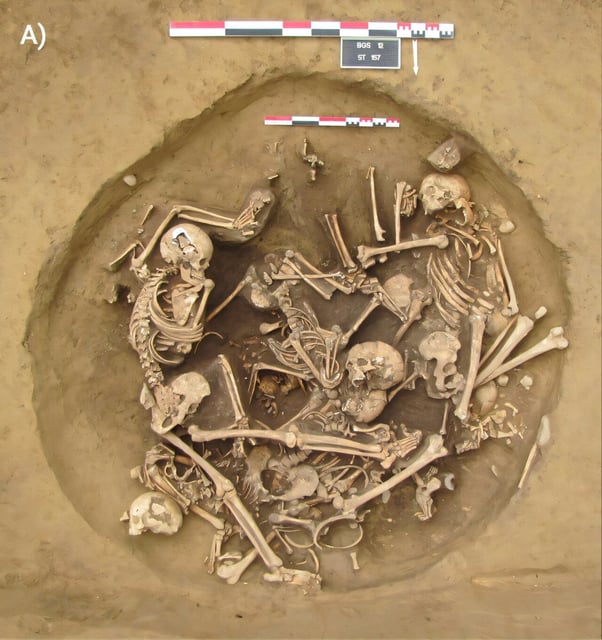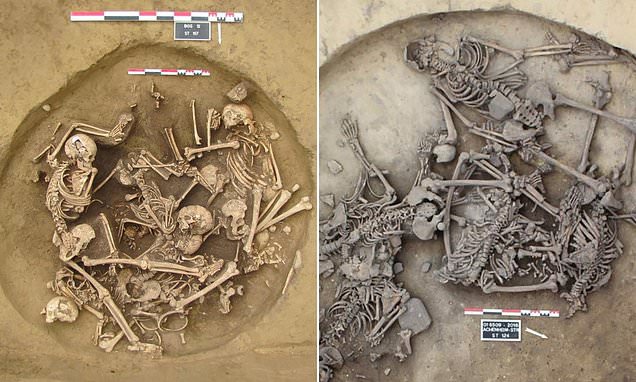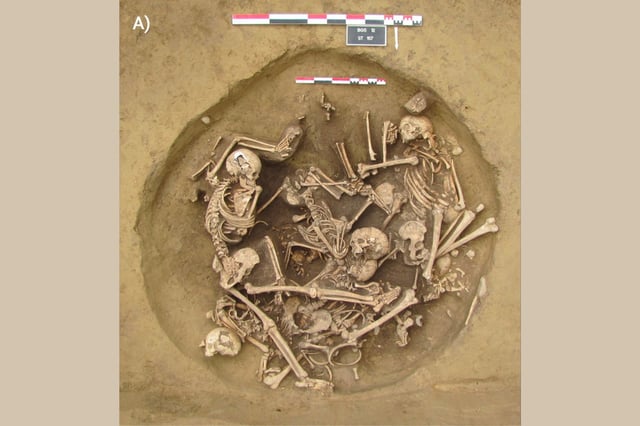Overview
- Researchers analyzed 82 individuals from Achenheim and Bergheim in northeastern France dated to roughly 4300–4150 BCE.
- Isotopic signatures indicate those with violent injuries were nonlocal, whereas individuals in conventional burials were local.
- Trauma assessments document severed upper limbs, unhealed skull fractures, and signs of overkill that the authors interpret as war trophies and post-conflict display.
- The team reports a distinction in which trophy limbs show local isotope values while tortured full skeletons likely came from farther away, suggesting different fates for different enemies.
- The findings, set against documented cultural turnover in the Upper Rhine Valley, were published in Science Advances with motivations proposed but not settled, including ritual, deterrence, and dehumanization of rivals.


